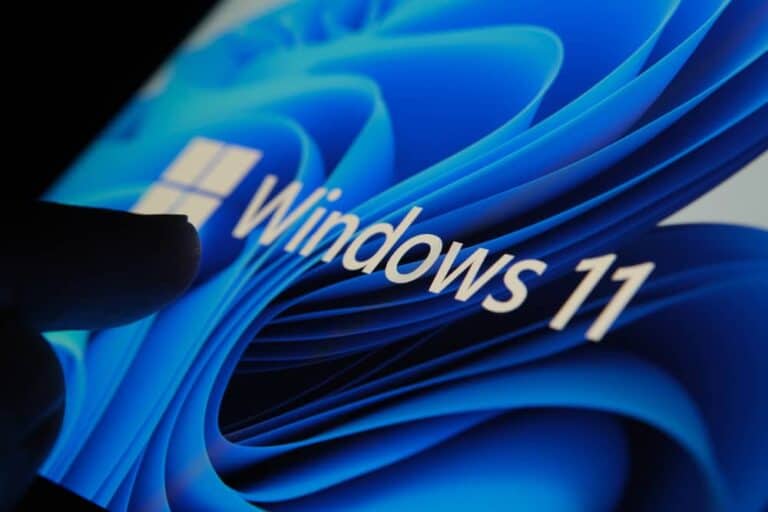It has taken years, but the adoption of Windows 11 is finally approaching that of Windows 10. Last March, the newer OS delivered good figures, with a market share of 43.72%. This growth is bound to happen now, as Windows 10 will become unsafe to use in October.
During April 2025, Windows 11 managed to increase its market share by 1.03 percentage points. Windows 10, on the other hand, is losing users, which logically suggests that users are switching from one operating system to the other. According to Statcounter, Windows 10 lost 1.26 percentage points in April and currently accounts for 52.94% of all PCs running Windows worldwide. This is still significantly more than Windows 11, but the difference has never been so small.
Over the past 12 months, Windows 11 grew from 26.19% to 43.72% (+17.53 percentage points), while Windows 10 fell from 69.89% to 52.94% (-16.95 percentage points). This shift is accelerating as the end of support for Windows 10 in October 2025 approaches. System administrators will therefore be more likely to make the switch, even if it means purchasing new PCs.
Slow adoption no surprise
Despite recent growth, the adoption of Windows 11 still lags behind that of its predecessor, Windows 10. This can be partly explained by the higher hardware requirements of Windows 11, which means that older systems are not eligible for an upgrade. The TPM 2.0 requirement in particular is a stumbling block for many older computers.
Microsoft expects to accelerate the rollout of Windows 11, but Windows 10 will not disappear completely, even after the end of regular support. Microsoft’s Extended Security Update program will allow many users to continue using Windows 10 for several more years, despite incentives to upgrade or write off unsupported devices.
Microsoft pushes updates
To further encourage the adoption of Windows 11, Microsoft launched a campaign earlier this year proactively inviting Windows 10 users to upgrade to Windows 11. This approach is primarily aimed at business users with systems that meet the minimum hardware requirements.
However, many organizations are still waiting to make the switch due to the impact on their IT infrastructure and the relatively minor advantages that Windows 11 offers over Windows 10. For them, the deadline of October 2025, when security updates for Windows 10 will end, is the most important date for completing the migration.
